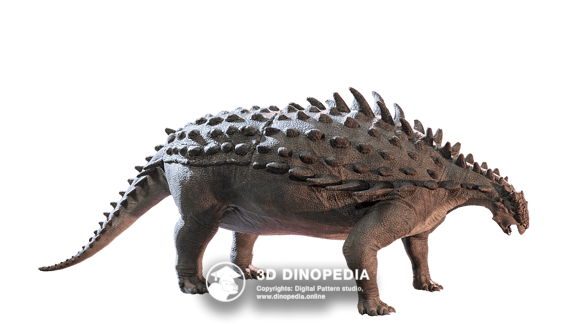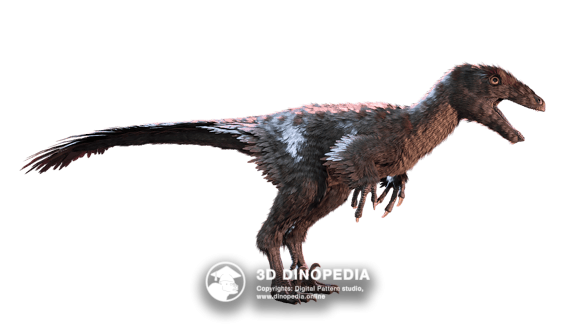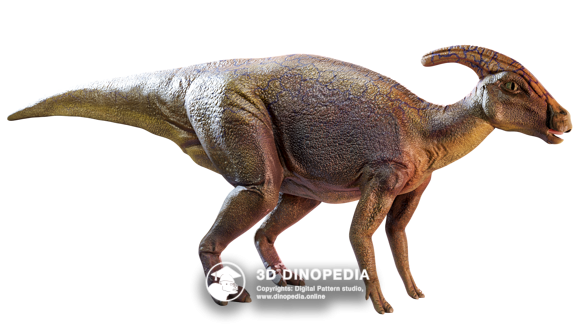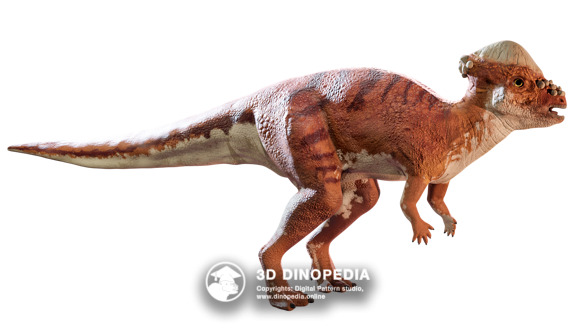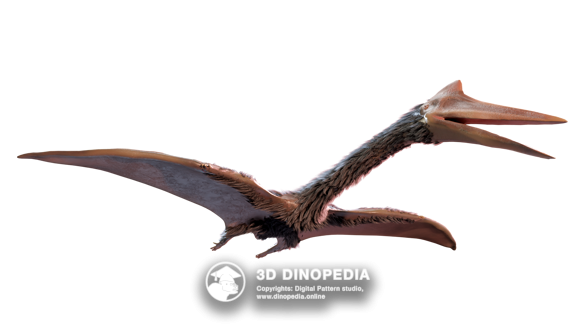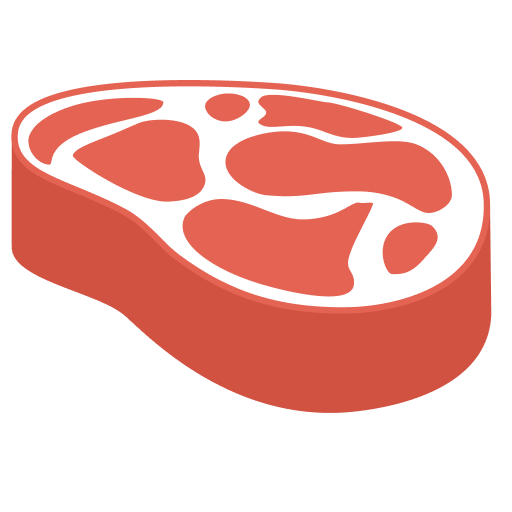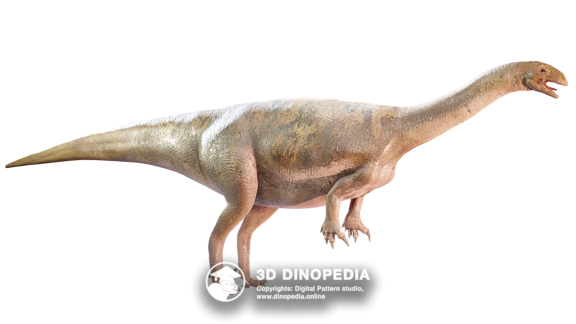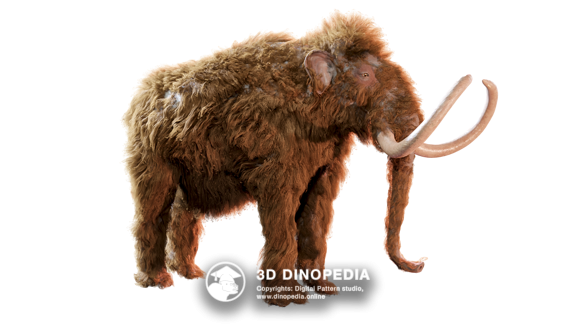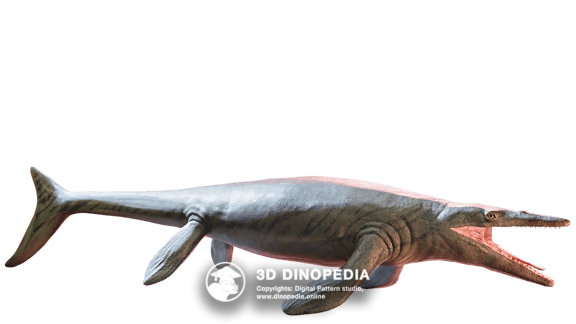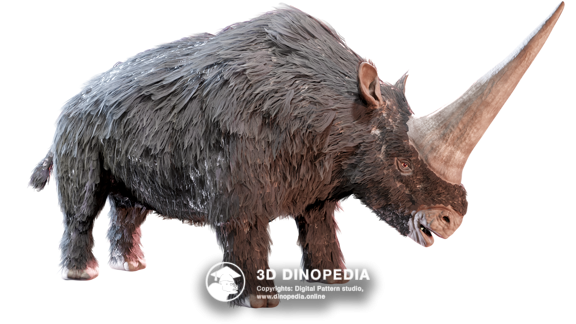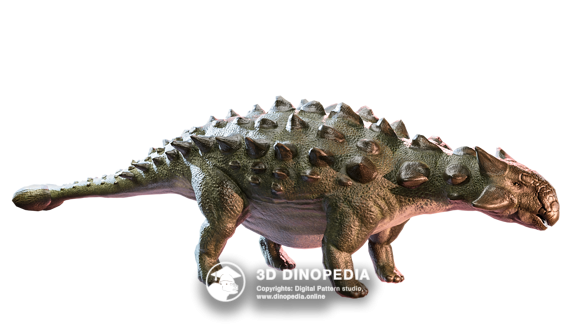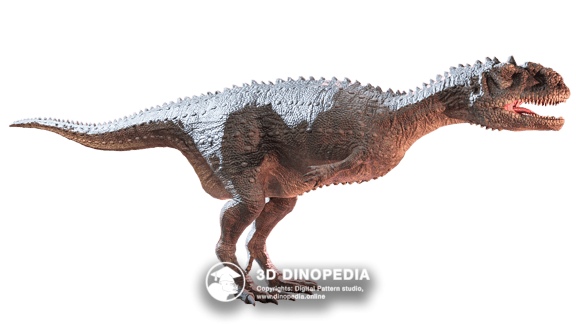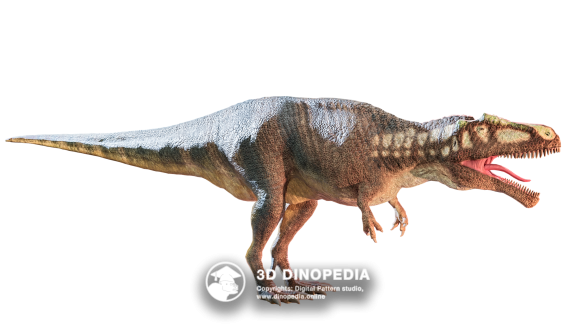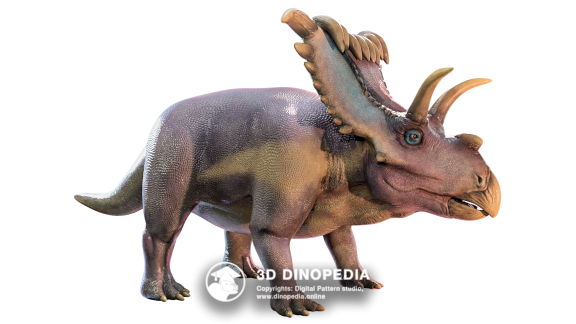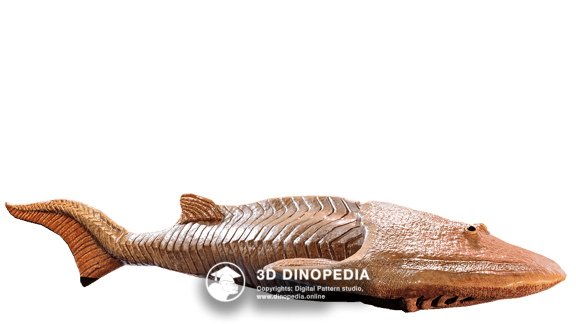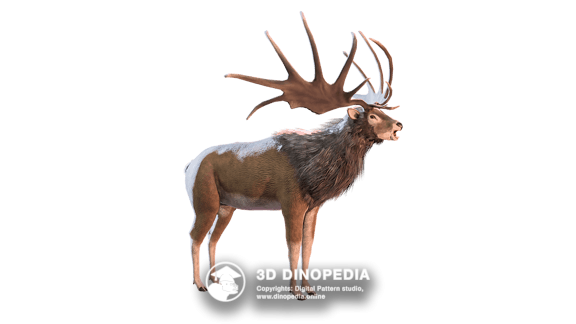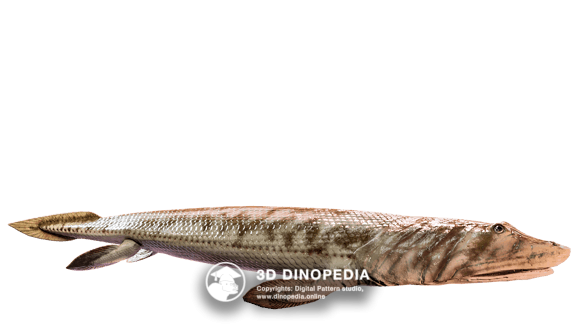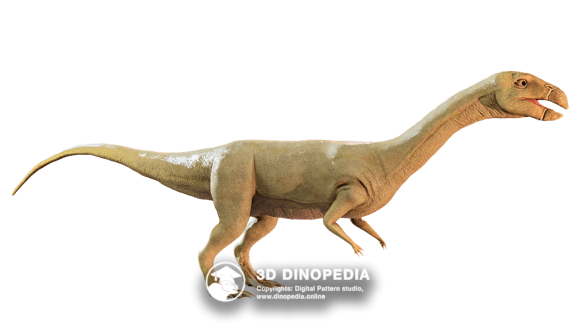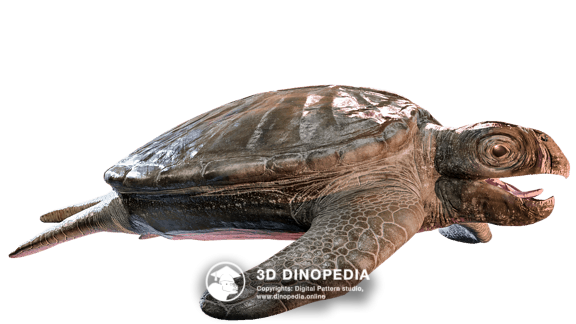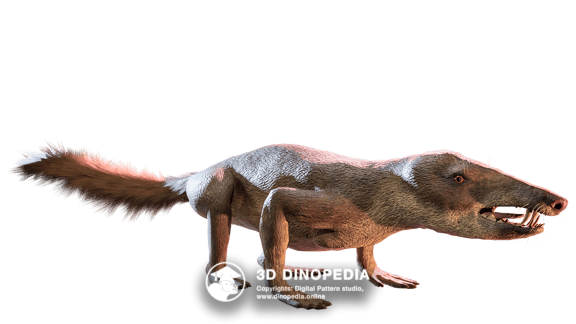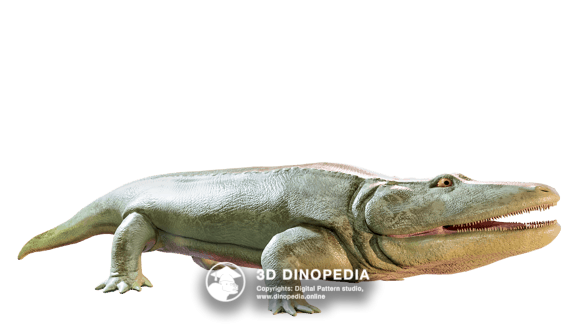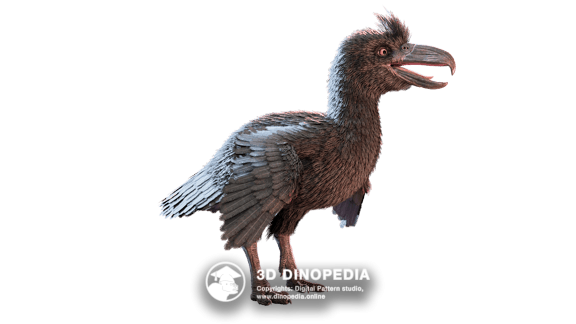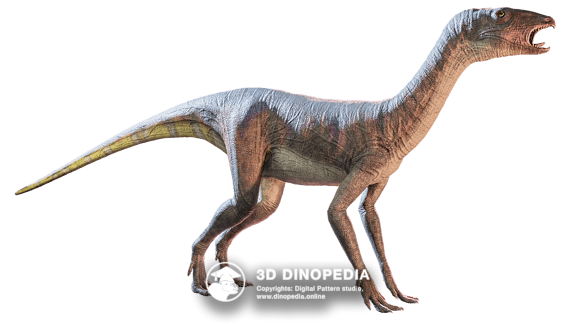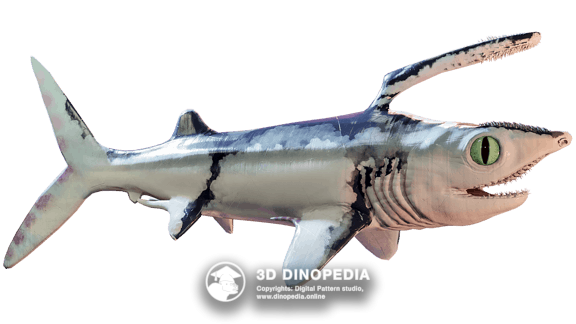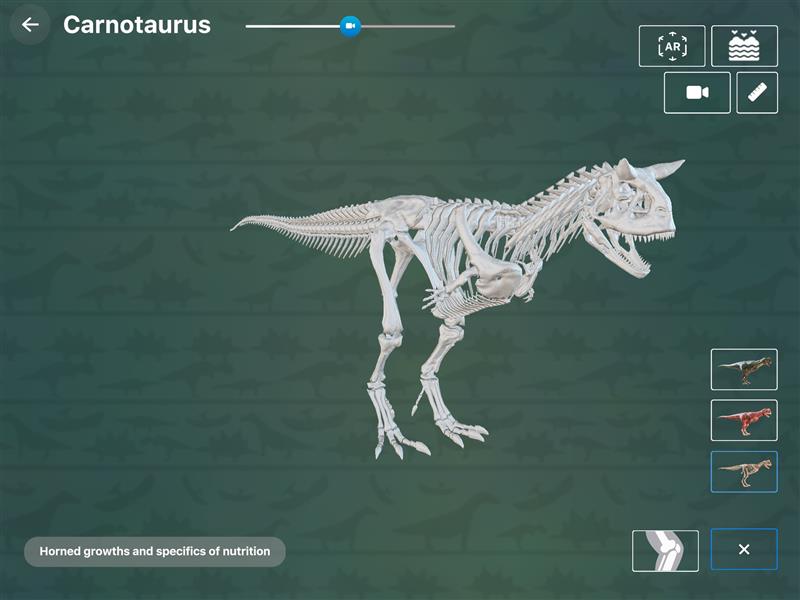Polacanthus

Name meaning:
Many spines
Period of life:
130–125 million years ago
Period:
Habitat:
Deserts and semi-deserts
Taxonomy:
Ankylosaurs
Countries:

Meaning of the name: "Many spines" (from Ancient Greek polys / πολύς "many" and akantha / ἄκανθα "spine" or "thorn").
Polacanthus is a dinosaur whose name speaks for itself. Imagine a leisurely, armored creature resembling a cross between an armadillo and a hedgehog, and you'll have an idea of what our protagonist looked like. This herbivorous dinosaur inhabited our planet during the Early Cretaceous period, about 130–125 million years ago, in what is now Western Europe, specifically the Isle of Wight, which at that time was part of the mainland.
Polacanthus was not the largest representative of ankylosaurs—a group of dinosaurs known for their "armor." It reached a length of about 5 meters, comparable to the size of a modern African elephant. Unlike its more massive relatives, such as Ankylosaurus, Polacanthus had a more slender build and longer hind limbs, which allowed it to move fairly quickly on all fours, although it didn't achieve great speeds.
The main distinguishing feature of Polacanthus, like all ankylosaurs, was its armor. The back and sides of this dinosaur were covered with rows of bony plates—osteoderms—that grew within the skin and served as reliable protection against predators. These plates varied in size and shape: large, flat osteoderms formed a sort of shell, while smaller, spike-like osteoderms were located on the sides and tail, making Polacanthus an impregnable prey. Particularly impressive was the "pelvic shield"—a massive bony plate that protected the dinosaur's hips.
Unfortunately, the skull of Polacanthus remains poorly studied, as no complete specimens have been found. However, existing fragments indicate that it was small and wide, with a beak-like mouth adapted for feeding on low-growing vegetation.
The world in which Polacanthus lived was full of dangers. Large predatory dinosaurs like Yaverlandia and Neovenator could have hunted it. However, Polacanthus's armor made it a challenging prey.
Although Polacanthus remains are quite rare, they are of enormous scientific value. By studying them, paleontologists can recreate a picture of the ancient world, understand the evolution of ankylosaurs and their place in the ecosystem, and learn more about the diversity of life on Earth during the Mesozoic era.
Discussions
Other animals
 INTERESTING FACTS
INTERESTING FACTS
 PUZZLES
PUZZLES
 HOME
HOME
 3D MODEL "SKIN"
3D MODEL "SKIN"
 3D MODEL "MUSCLES"
3D MODEL "MUSCLES"
 3D MODEL "SKELETON"
3D MODEL "SKELETON"
 VISION
VISION
 NEIGHBORS
NEIGHBORS
 VOICE ACTING
VOICE ACTING
 AR - MODE
AR - MODE
 GALLERY
GALLERY
 HISTORY OF DISCOVERIES
HISTORY OF DISCOVERIES
